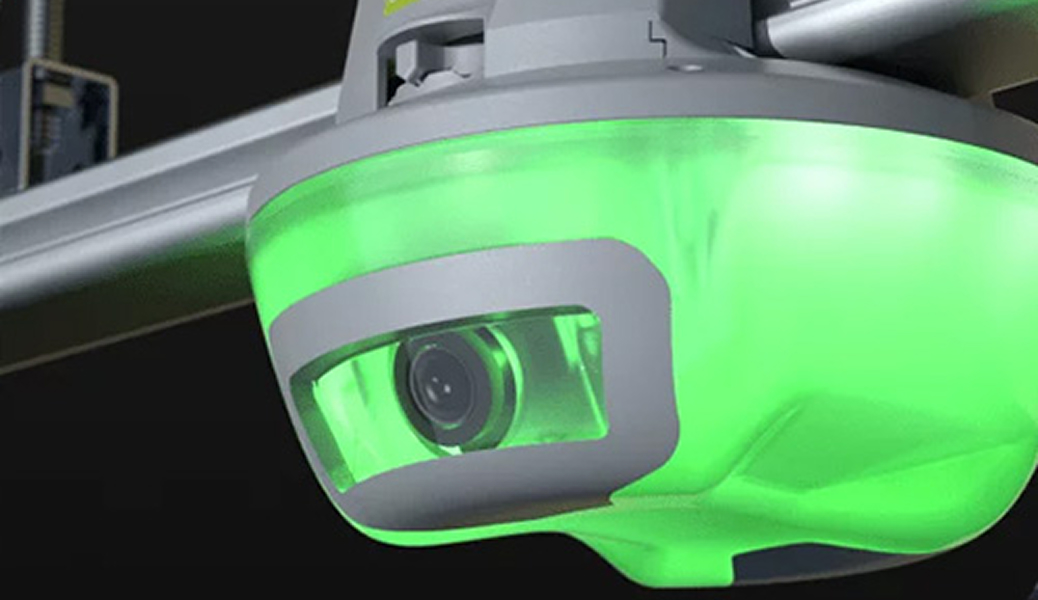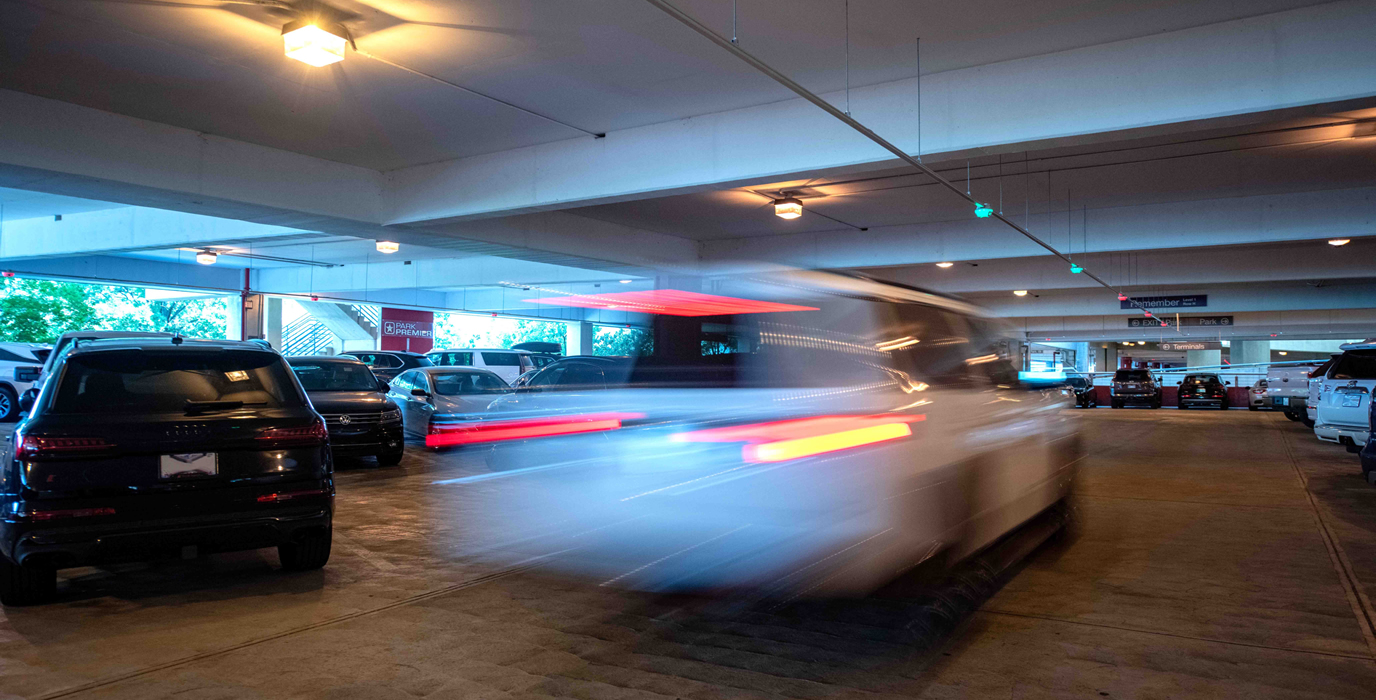Brisbane Airport
Customer StoriesLittle has been done in the industry to objectively quantify the effects that an automated parking guidance system (APGS) has on driver decision-making and the parking experience itself. In response to this, Brisbane Airport Corporation, in collaboration with Park Assist completed a ground-breaking benchmarking study. Read on for a summary of the impressive outcomes.
The Outcome
The Brisbane Airport benchmarking study results quantified the following impact once the parking guidance camera-based smart sensors and digital wayfinding signage, primary components of an APGS, were enabled:
- 36% reduction in Time to Park in P1 car park.
- 33% reduction in Time to Park across both car parks.
- 50% reduction in Time to Park for primary entry levels in P1 servicing short-term parkers.
- Improved and more consistent customer experience.
- 5-minute time saving for drivers parking in disabled bays (an average reduction of 63%).
- An additional half-minute reduction of Time to Park at weekends.
This ground-breaking APGS benchmarking study has quantified several key benefits. The most significant benefit is a substantial reduction in Time to Park, observed consistently across different times, locations, and types of visitors/parkers.







